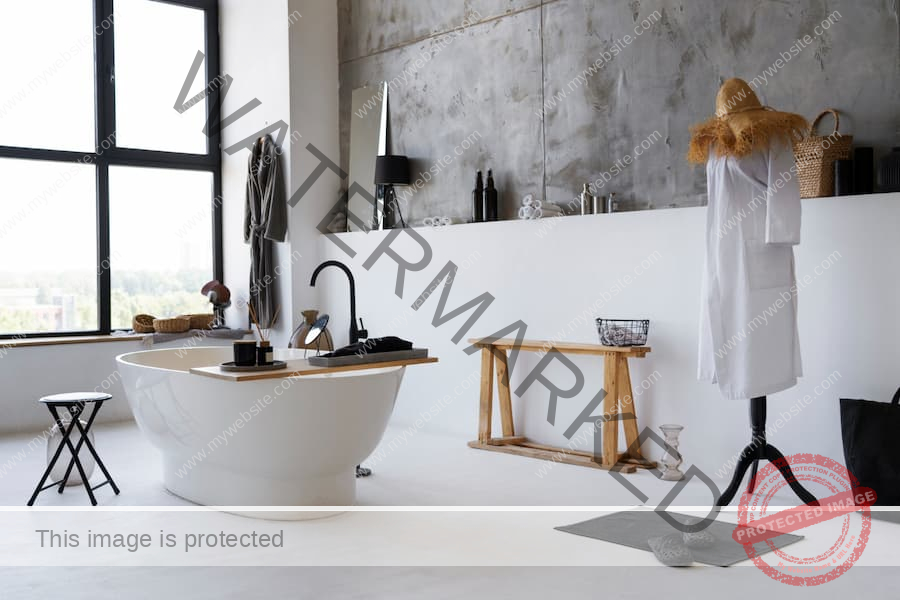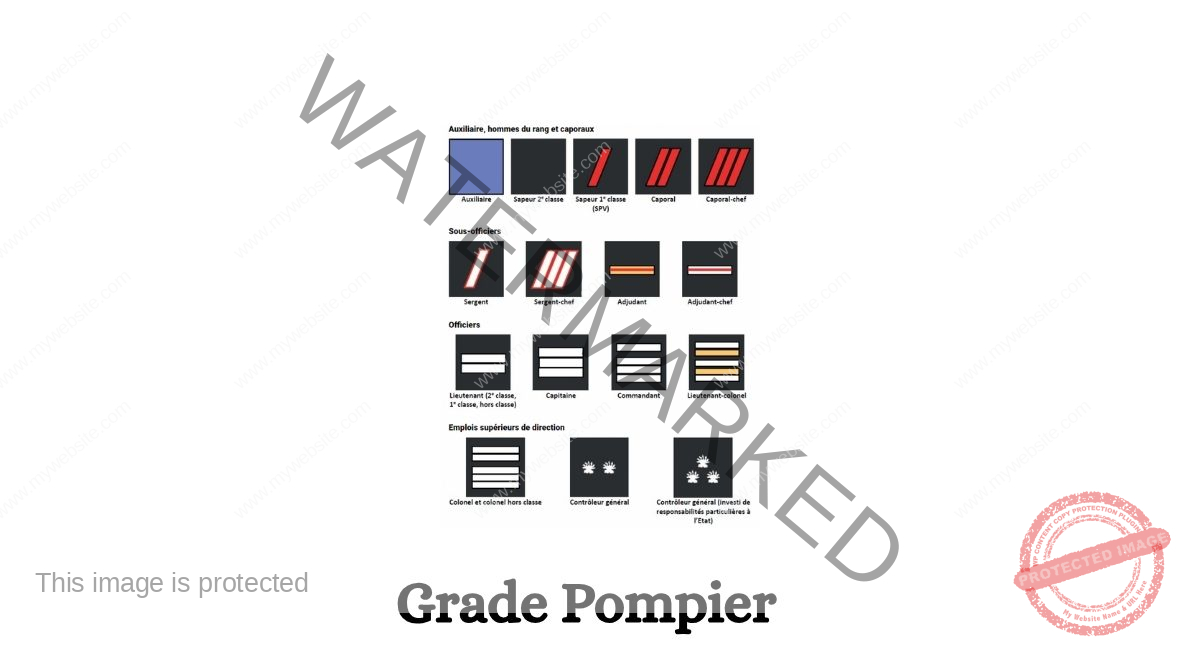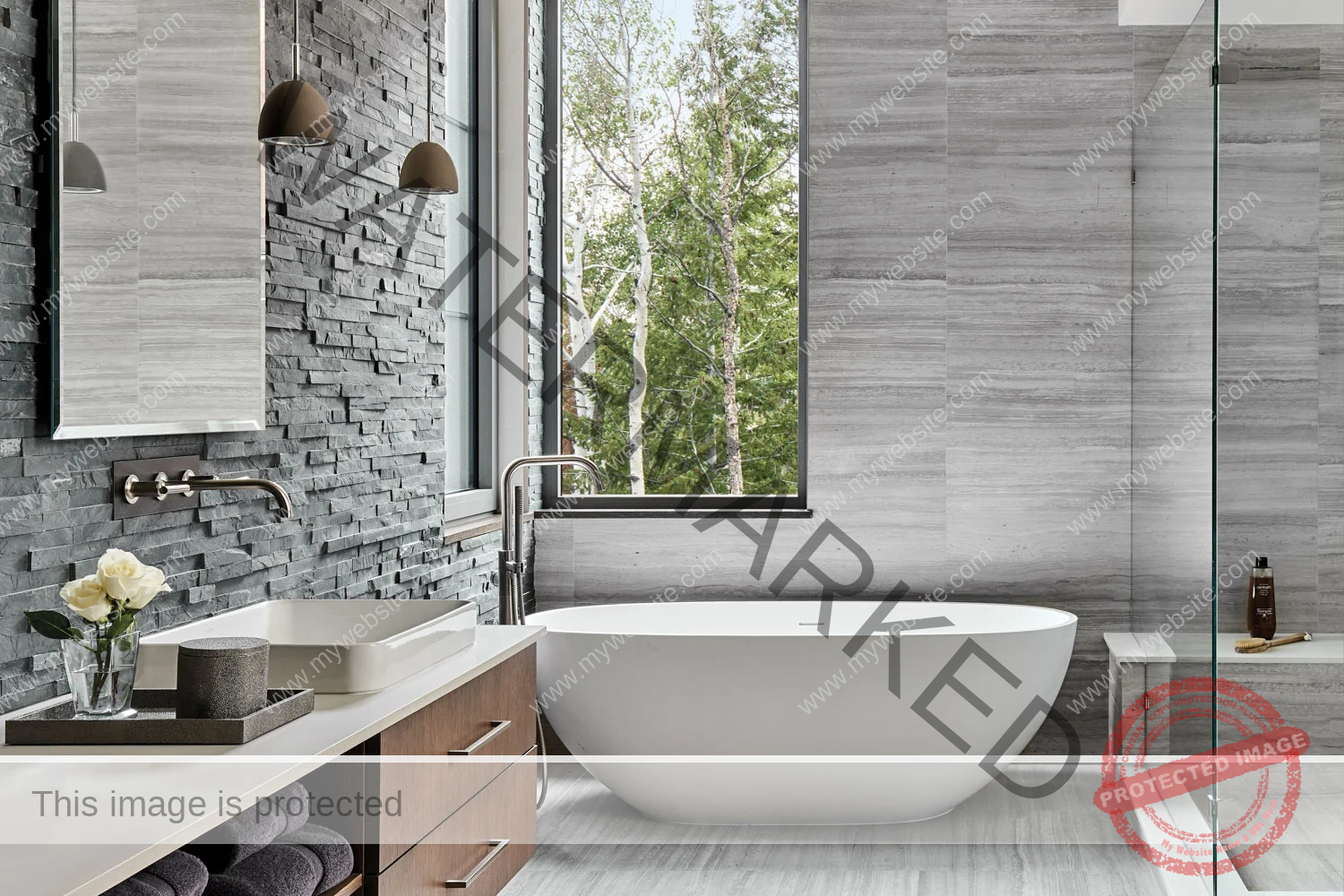Introduction to taper fade
Ever glanced at someone’s haircut and thought, “Now that looks sharp”? Odds are, you were admiring a taper fade. This go-to hairstyle is a favorite for good reason—it’s clean, stylish, versatile, and works on just about anyone.
Think of the taper fade like a perfectly tailored suit for your head. It transitions smoothly from short to shorter, giving off that neat, well-groomed vibe. And the best part? You don’t need to be a barber to understand it or rock it.
In this article, we’re diving deep into the world of taper fades. Whether you’re new to the style game or looking for your next upgrade, this guide’s got you covered.
What Is a Taper Fade?
A taper fade is a type of haircut where the hair gradually shortens from the top down to the neckline. Unlike a buzz cut or a uniform fade, it keeps things neat by “tapering” down the length. The result? A smooth transition that looks clean and intentional.
The sides and back fade into the skin, while the top is left longer. This contrast gives your haircut more dimension and style.
Why the Taper Fade Is So Popular
Let’s be honest: most of us want to look good without putting in hours of effort. That’s where the taper fade shines.
-
Low-maintenance: It grows out well, meaning fewer trips to the barber.
-
Versatile: Works with curls, waves, or straight hair.
-
Professional yet trendy: You can wear it to work and the club.
In short, it’s the Swiss Army knife of haircuts—sleek, efficient, and incredibly adaptable.
Taper Fade vs. Other Fades
You might hear terms like “skin fade,” “drop fade,” or “high fade” and wonder what sets them apart.
-
Skin fade: Goes all the way down to the skin.
-
High fade: Starts the fade higher on the head.
-
Low fade: Begins lower and is more subtle.
-
Taper fade: The most gradual, subtle version—perfect for beginners.
The taper fade offers just enough edge without going full military-style.
Types of Taper Fades
Not all taper fades are created equal. Here are the most common ones:
Low Taper Fade
Starts just above the ears and is perfect for a clean, subtle look.
Mid Taper Fade
Begins around the temples and gives a more noticeable contrast—great for modern styles.
High Taper Fade
Starts higher up on the head, often giving off a bold, edgy vibe.
Temple Taper (Blowout)
Focuses on fading just around the temples and neckline. Super stylish for those who want minimal fading.
Who Can Pull Off a Taper Fade?
The real beauty of the taper fade? Anyone can wear it.
Whether you’re rocking a man bun, curls, straight hair, or even thinning strands—a taper fade adapts. It suits all ages, face shapes, and personal styles. All you need is the right barber to make it work for you.
How to Ask Your Barber for a Taper Fade
Avoid the awkward “Uhh… just clean it up” moment. Be specific:
-
Mention the type of taper fade you want (low, mid, high).
-
Say how long you want the top.
-
Bring a photo if you can—it speaks a thousand words.
-
Mention how often you get haircuts (this helps the barber know how tight or subtle to go).
Pro tip: If you’ve seen a celebrity cut you like, name-drop it. Barbers usually know what you mean.
Styling Tips for a Taper Fade
Styling a taper fade doesn’t have to be complicated.
-
For volume: Use a blow dryer and light mousse.
-
For texture: Try matte clay or pomade.
-
For sleek looks: A little gel goes a long way.
Keep in mind—less is more. The haircut itself does most of the heavy lifting.
Taper Fade for Different Hair Types
Here’s how a taper fade works with different textures:
-
Curly hair: Creates a sharp contrast that really pops.
-
Straight hair: Smooth and polished.
-
Wavy hair: Naturally blends well for an effortless style.
-
Thick hair: Tames the volume.
-
Thin hair: Adds definition and structure.
In every case, the taper fade enhances what you already have.
Taper Fade for Various Face Shapes
Match your taper fade to your face shape for max effect:
-
Round face: A higher fade adds height and balance.
-
Oval face: Lucky you—any style works!
-
Square face: A mid fade softens strong jawlines.
-
Heart-shaped face: Low taper fade balances a wider forehead.
A good barber will tweak the fade to flatter your features.
Maintenance and Upkeep
Want your taper fade looking fresh? Here’s what to do:
-
Trim every 2–3 weeks to maintain the fade.
-
Brush or comb daily to prevent awkward cowlicks.
-
Use good products that don’t leave residue.
-
Hydrate your scalp, especially if you fade close to the skin.
It’s like watering a plant—you’ll see the difference with just a little care.
Taper Fades in Pop Culture
From Hollywood red carpets to hip-hop videos, the taper fade is everywhere.
Celebs like Drake, Ryan Reynolds, Michael B. Jordan, and Zayn Malik have made this cut a signature style. It’s become a cultural symbol—representing both urban cool and polished class.
Best Products for Taper Fades
To style like a pro, consider these must-haves:
-
Pomade: For hold and shine.
-
Matte clay: For a textured, natural finish.
-
Sea salt spray: Adds volume without grease.
-
Beard oil or balm: If you’re pairing the fade with facial hair.
Always look for products suited to your hair type.
Mistakes to Avoid with a Taper Fade
Here’s what not to do:
-
Skipping trims: A fade grows out fast and can look messy.
-
Using heavy products: Can weigh hair down or cause buildup.
-
Choosing the wrong fade for your face: Talk to your barber about what suits you.
Think of your haircut like shoes—you wouldn’t wear flip-flops to a wedding, right?
DIY Taper Fade: Should You Try It?
Cutting a taper fade yourself? Bold move.
Unless you’re confident and have the right tools (clippers, guards, mirrors), it’s best left to professionals. One wrong move and you could end up with a patchy mess.
If you’re determined, start with a longer guard and go slow. Watch plenty of tutorials, and remember: you can always take more off, but you can’t put it back on.
Also visit: well health organic fitness tips
Final Thoughts on the Taper Fade
A taper fade isn’t just a haircut—it’s a style statement. It shows you care about looking put-together without being over-the-top. Whether you want to keep things classic or try something bold, there’s a taper fade for you.
It’s modern. It’s clean. It’s timeless. And now that you’ve read this guide, you know exactly how to own it.
FAQs
1. How long does a taper fade last before needing a touch-up?
Usually 2–3 weeks, depending on how fast your hair grows and how sharp you want it to look.
2. Can I get a taper fade with curly or coily hair?
Absolutely! In fact, taper fades look incredible on curly and coily hair. The contrast between the tight fade and the textured curls gives your haircut an extra layer of depth and style.
3. What’s the difference between a taper fade and a skin fade?
A taper fade is more gradual and subtle, usually stopping above the ears and neckline. A skin fade (or bald fade) goes all the way down to the skin, creating a more dramatic look. Think of taper fades as clean and conservative, while skin fades are bold and edgy.
4. How do I know which type of taper fade suits my face?
Start with your face shape. Round faces benefit from height (try a high taper), while square or angular faces pair well with mid or low tapers. If you’re unsure, bring reference photos to your barber—they’ll help guide the choice.
5. Can women get a taper fade too?
Of course! Taper fades are gender-neutral. Many women, especially in creative or fashion-forward circles, rock taper fades with confidence. The cut can be tailored to match softer or edgier styles, depending on personal preference.
Final Thoughts on the Taper Fade
To wrap it all up: the taper fade is a smart, stylish, and flexible haircut that works for just about everyone. Whether you’re headed to the office, a first date, or just want to feel fresh, the taper fade delivers. It’s not just a trend—it’s a classic that keeps evolving with every generation.
If you’re thinking about trying it, go for it. And if you’re already rocking one, now you know how to keep it looking its best.
With just a little grooming and the right touch of confidence, you’re not just wearing a haircut—you’re owning it.















